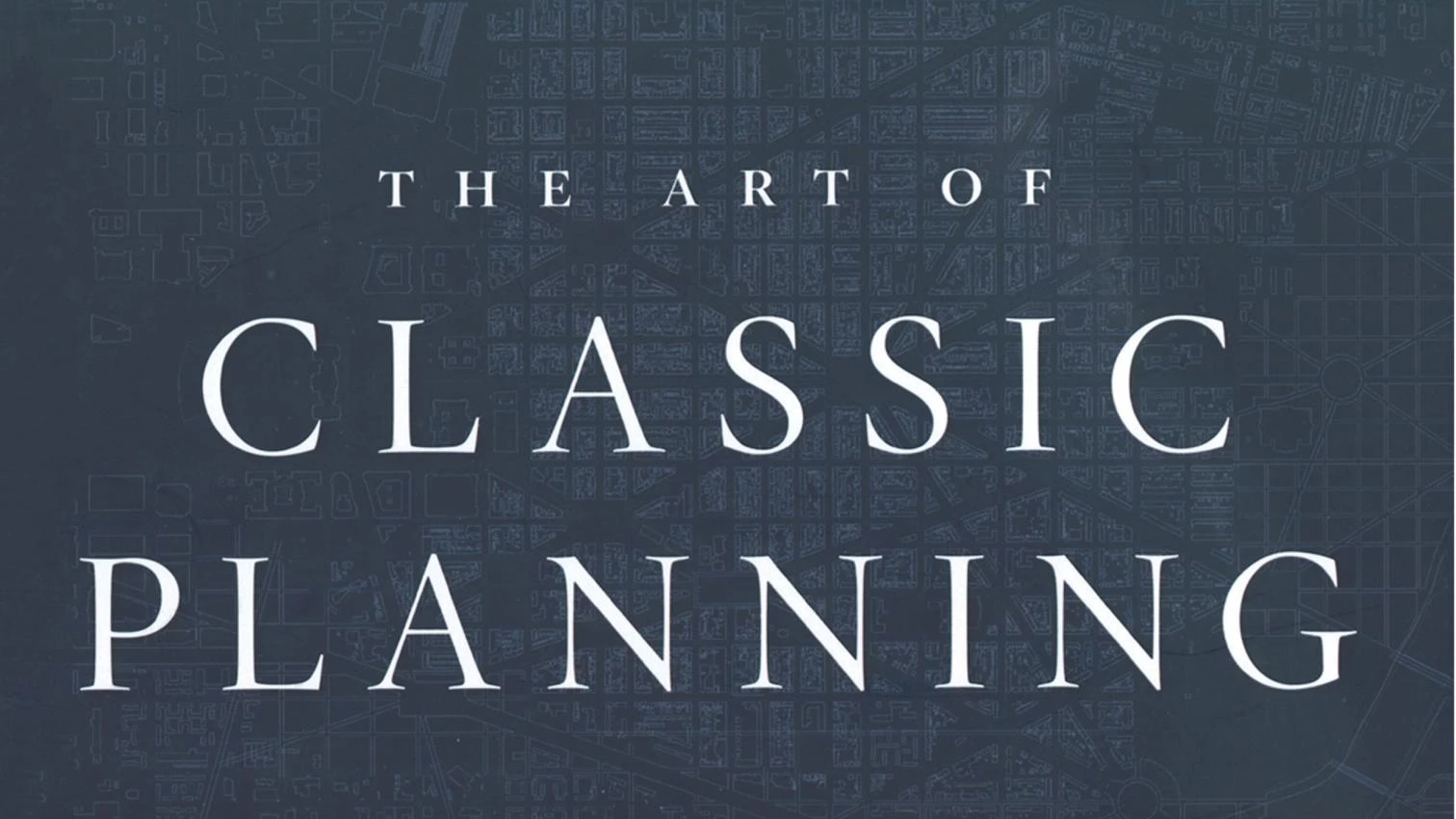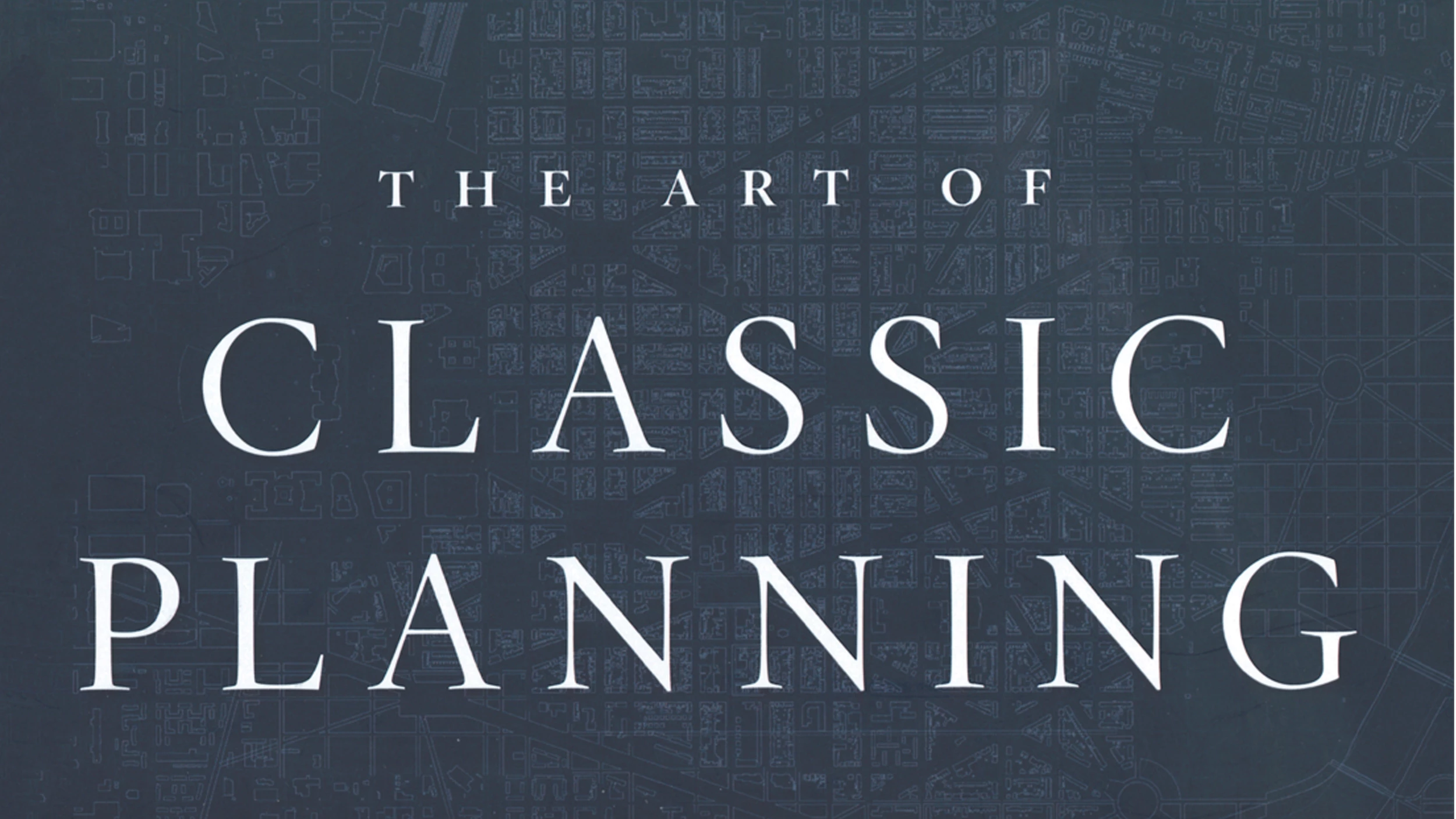
This book is dedicated to the art of building cities – an art that has been in retreat for several decades but one that is enjoying a vital rebirth since the rise of Modern Traditional Architec-ture more than forty years ago. Nir Buras’s massive and extensively illustrated study provides the fundamentals of what the author calls ‘classic planning’ as an epistemological foundation for good urbanism, offering a set of direct practical approaches to present urban conditions.
The author describes, analyzes, and critiques the layouts of multiple cities throughout the world, their additive and shared qualities as well as their notable differences. In doing so, he methodically covers the projects and writings of sundry movements, architects and historians who justified or opposed various urban practices.
Classic Planning is inscribed within the great tradition of atlases of urban design and shares with its invaluable precedents a certain esprit de synthèse, an approach to urbanism that seeks to synthesize all the elements of the urban environment. In constructing this book the author displays an encyclopedic outlook on the level of principles as well as their practical contingencies, as he provides copious and clear examples of how to design and build cities by discussing multiple components, such as quarters, streets, blocks, and squares.
Buras shows the breadth of knowledge needed to cure the contemporary city’s pathologies, in contrast to the increasingly narrow and specialized trends. This comprehensive approach will be especially useful to architects and urbanists who, alas, prefer fragmentary approaches to making cities. In fact, this is the book’s most important contribution to present urban prac-tices because it addresses both the academy and the profession.
To his credit the author correctly warns about the disastrous effects of ignoring the architec-tural scale in contemporary urban design, where many planners are content with an urban plan by itself irrespective of the aesthetic qualities of architecture. In this sense, this book will be useful to many urbanists who endeavor to improve urbanism while relegating architectu-re to a secondary role.
The author suggests that an urban plan is a ‘legacy’ and not a ‘solution,’ thus revealing his cautious methodology – no doubt born out of observing how several urban proposals that were hastily hailed as conclusive solutions ended up in failure despite good intentions. Rat-her, he advocates the notion of legacy in order to underline the relationship between con-ceiving urban plans which assure a long-term urban vision, and the sundry contingencies that enter the making of cities on a daily basis.
The material presented can also be part of reforming urban design by educating elected offi-cials whose political decisions help to formulate urban policies. This book can provide a solid foundation for understanding cities, their present pathologies, and the ways to improve them.







